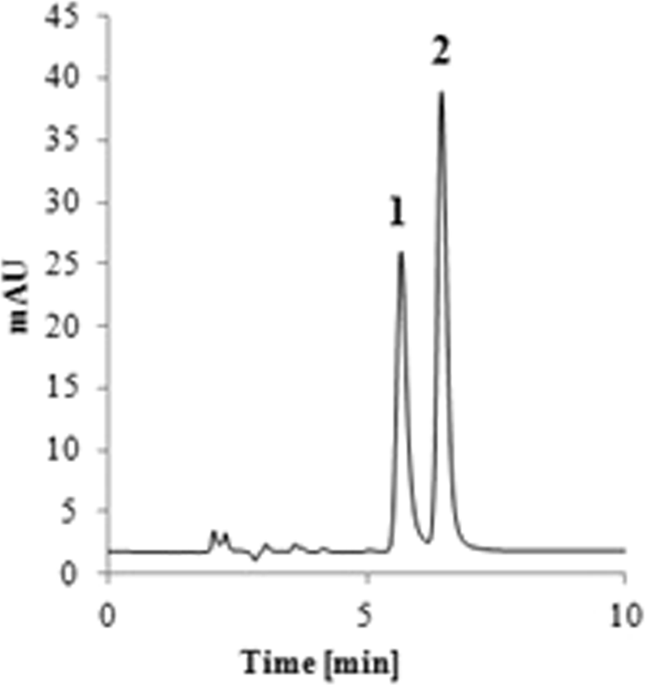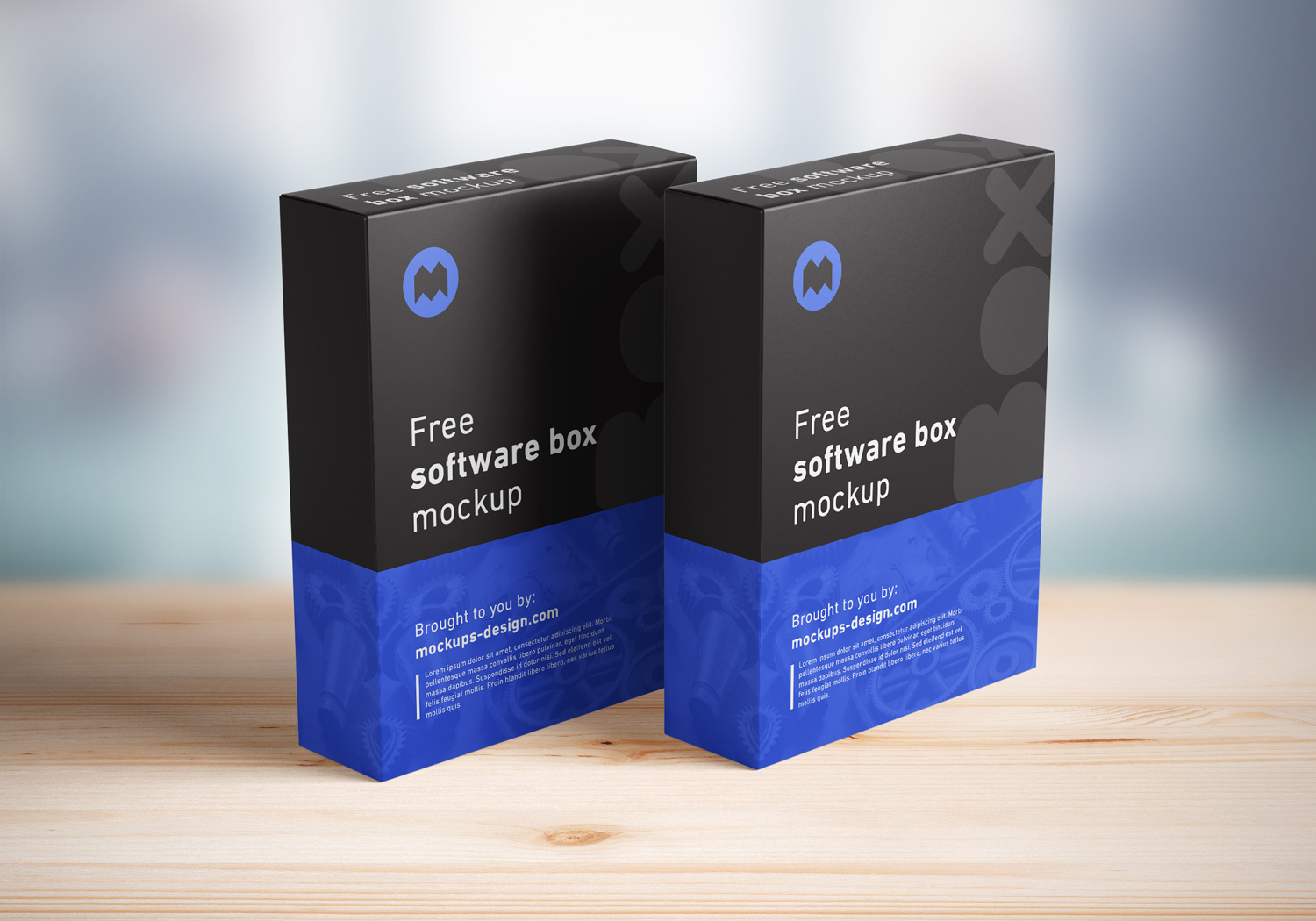Box Behnken Design Software Free Download
Posted : admin On 29.12.2020Description
Free Trial Download - Design-Expert 12 - External Link Free Download. Test-drive a full working version of Design-Expert 12 for 30 days at no obligation. Blocks: Some Box-Behnken designs can be blocked. The number of blocks depends on the number of factors. If you need blocks in your design and the BB design cannot do what you need, switch to an optimal design. Center Points: By default there will be some center points in a BB design, the number varies somewhat with the number of factors. Blocks: Some Box-Behnken designs can be blocked. The number of blocks depends on the number of factors. If you need blocks in your design and the BB design cannot do what you need, switch to an optimal design. Center Points: By default there will be some center points in a BB design, the number varies somewhat with the number of factors. Design Expert 8 Crack Free Download - bit.ly/2yU3Wso.
The effective design and analysis of experiments in biology are critical to success, yet graduate students in biological and medical sciences typically receive very little formal training in these steps. With feedback from readers of the first edition, colleagues, and students taking the very popular experimental design courses taught by the author, this second edition of Experimental Design for Biologists retains the engaging writing style while organizing the book around the four elements of experimental design: the framework, the system, the experiment, and the model. The approach has been tested in the classroom, where the author has taught numerous graduate students, MD/PhD students, and postdoctoral fellows. The goal of every scientist is to discover something new and with the aid of Experimental Design for Biologists, this task is made a little easier.
This handbook explains how to establish the framework for an experimental project, how to set up all of the components of an experimental system, design experiments within that system, determine and use the correct set of controls, and formulate models to test the veracity and resiliency of the data. This thoroughly updated edition of Experimental Design for Biologists is an essential source of theory and practical guidance for designing a research plan.
A set of catalog designs with preselected points to estimate quadratic models.
We recommend using more standard designs such as the central composite orBox-Behnken.
3-Level Factorial Design¶

In Design-Expert, these designs are located under the Response Surface,Miscellaneous design node. Full factorial 3-level designs are available for upto 4 factors. The number of experiments will be 3^k plus some replicates ofthe center point. Because there are only 3 levels for each factor, theappropriate model is the quadratic model. For more than 2 factors, thesedesigns force you to run many more experiments than are needed to estimate thecoefficients in a quadratic model. A Box-Behnken design also requires onlythree-levels, and is a more efficient alternative to the full three-levelfactorial.
| Factors | Model Terms | Number of Runs |
|---|---|---|
| 2 | 6 | 13 |
| 3 | 10 | 32 |
| 4 | 15 | 87 |
You may add up to ten categoric factors to this design. This will cause thenumber of runs generated to be multiplied by the number of combinations of thecategorical factor levels. In this case, you may prefer an optimal design.
Three-level factorial designs may be carried out in blocks. These designs canbe run in one block or split into three blocks of equal size.
Hybrid Design¶
The hybrid designs in Design-Expert software are from Roquemore’s paper[Roq76].

They are hard coded in our design catalog; i.e. the design points are read in,not generated. The particular 3, 4 and 6 factor designs are D311A, D416B andD628A. If you sort the design by standard order you get the designs layout inRoquemore’s paper. The 7 factor design was not named but its method ofconstruction is also in the paper.
In each case the first K-1 columns are from a CCD and their factorial pointsare at +/- 1 and the axial values are those with values greater than 1. Thelast column does not have the form of a column for a CCD; i.e. havingfactorial and axial values.
However, the hybrid design will be sensitive to outliers or missing data. The mooseman for macbook pro. Itshould be used ONLY when budget considerations prohibit use of a regular CCD,Box-Behnken or full three-level factorial design AND you are certain that allthe runs can be performed. For more details on the construction of a hybriddesign see Myers and Montgomery, 1995 [MM95].
Pentagonal Design¶
For two factors the pentagonal design is an interesting geometrically spaceddesign that may be useful in particular situations. The pentagon has one apexat (1, 0). There are 4 levels of factor A and 5 levels of factor B.
Box Behnken Design software, free download Pc
There are five model terms in the quadratic model for two factors - A, B, AB,A2 , B2 - and only five points plus a replicated centerpoint in this design, so this is a minimal point design. The five pentagonalpoints have a leverage of 1.0, this design is extremely sensitive to outliers.More points should be added to assess lack of fit. You may also add categoricfactors to this design. This will cause the number of runs generated to bemultiplied by the number of combinations of the categoric factor levels.Basically, you will run the pentagonal design at every combination of categoricfactor levels.
Hexagonal Design¶
For two factor designs the hexagonal design is an interesting geometricallyspaced design that may be useful in particular situations. There are 5 levelsof factor A and 3 levels of factor B. This design is slightly better than thepentagonal design, in that there are no points with leverage 1.0. You mayalso add categoric factors to this design. This will cause the number of runsgenerated to be multiplied by the number of combinations of the categoricfactor levels. Basically, you will run the hexagonal design at everycombination of categoric factor levels.
References
Box Behnken Doe
| [MM95] | Raymond H. Meyers and Douglas C. Montgomery. Response Surface Methodology: Process and Product in Optimization Using Designed Experiments. Wiley, 1995. |
| [Roq76] | K. G. Roquemore. Hybrid designs for quadratic response surfaces. Technometrics, 18(4):419–423, 1976. |